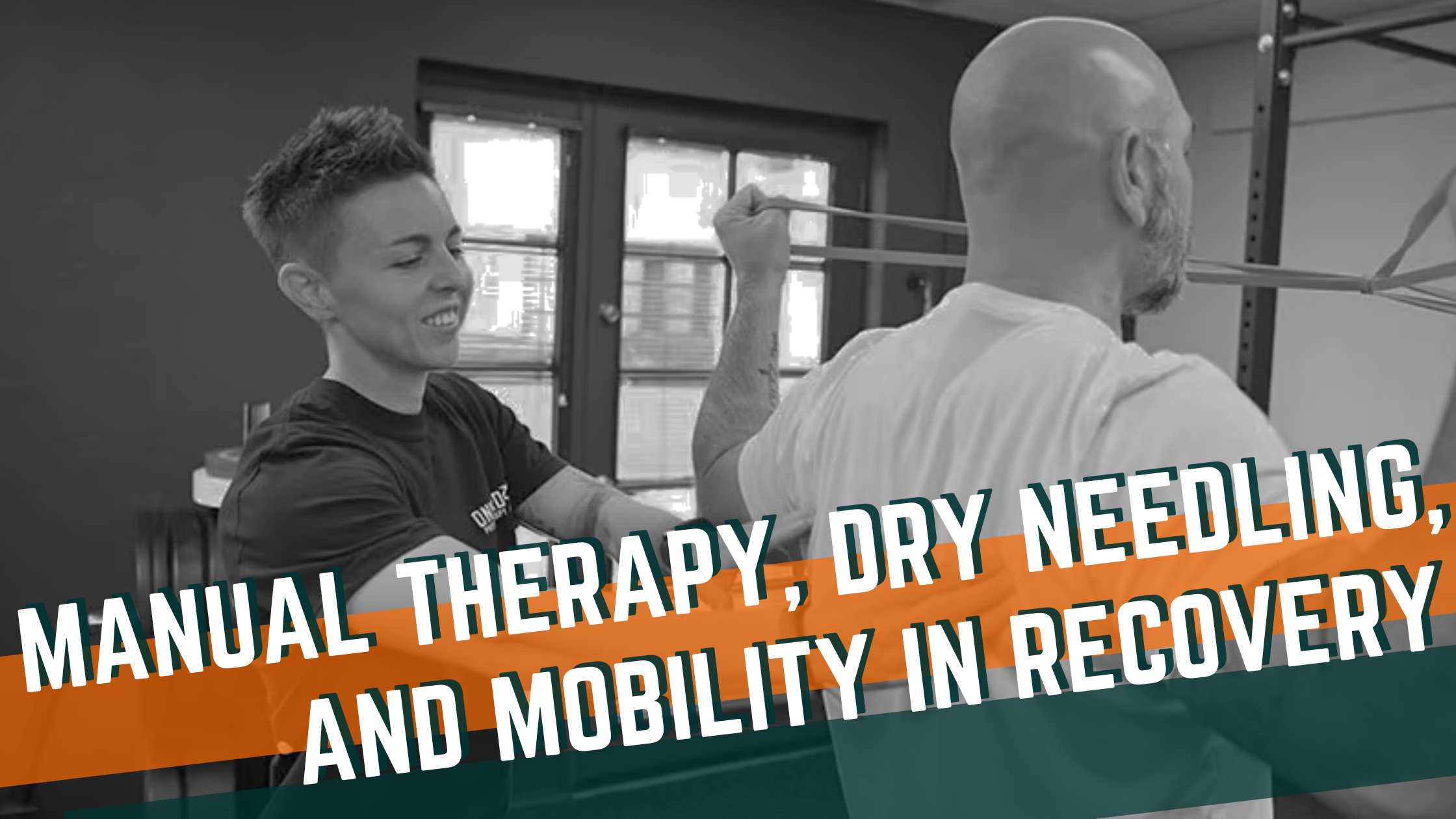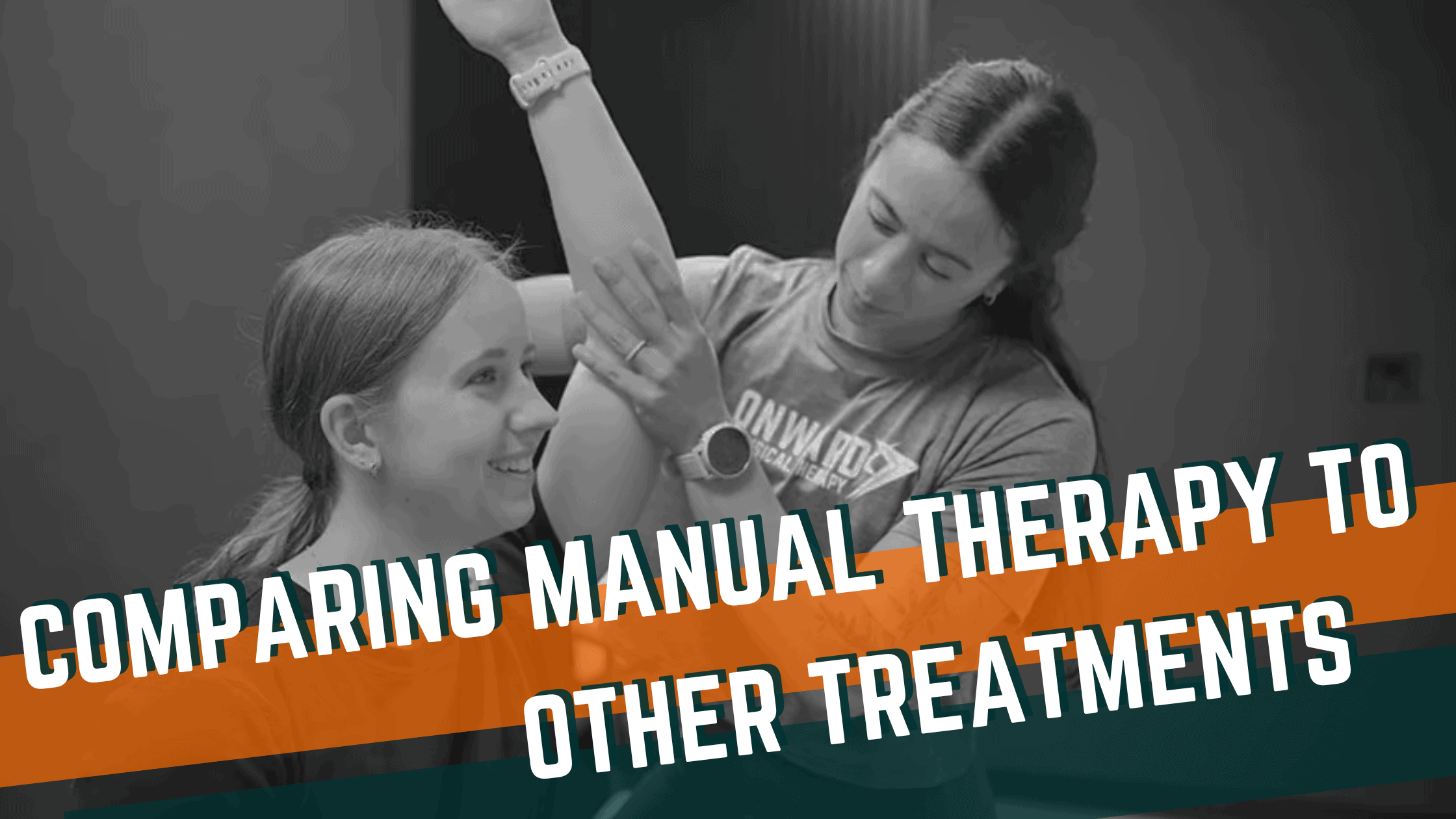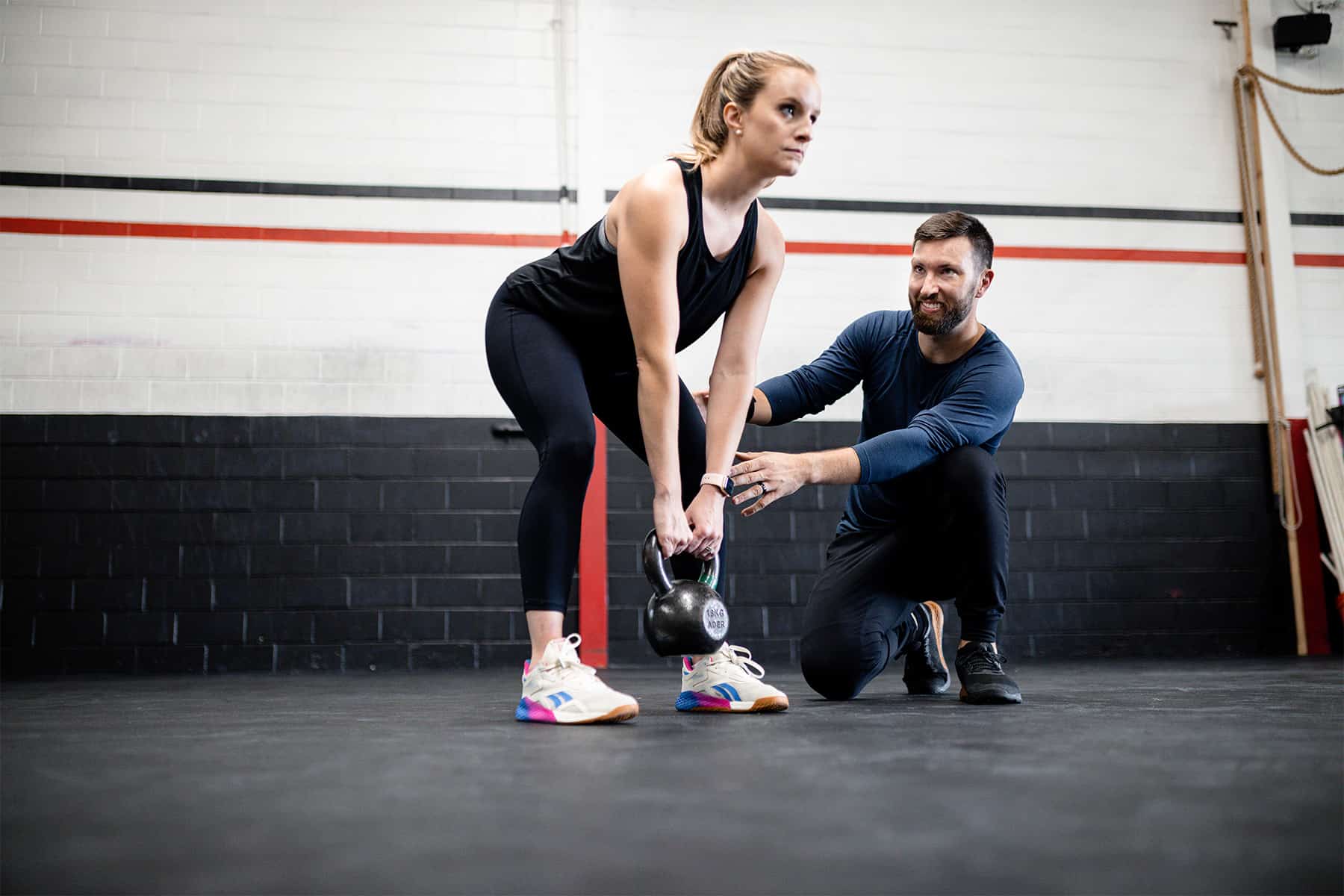
The running season is upon us and in preparation for your upcoming race you’ve been putting in the miles on the road. Every runner wants to reach that next time or distance goal, and the most important factor in reaching them is to stay consistent in your training. But every year, many runners find themselves fighting with nagging aches, pains, or injuries. But there are a number of things you can do to minimize these tweaks and maximize your running health!
Start SLOW to Improve Your Running Health
This tip is first for a reason. Running is an aerobic activity meaning it requires a lot of oxygen to produce enough energy to perform the task. This, just like any other skill, requires practice and training.
Starting slow may mean different things for different people. For some athletes it may be a walk-jog progression where they jog slowly for a set time and then walk for a set time, alternating between the two activities. For others, it might be running for 30 minutes, while remaining at a specifically lower heart rate, such as Zone 2 training, or at a specific rate of perceived exertion (RPE), which is simply the effort we are perceived to be giving during the run.
A general rule of thumb is to do the majority of your training at slower paces to build your aerobic base. As we progressively get in better shape the faster we will run at the same intensity. For example, if an athlete is training 3 times per week, then two days will be focused on slower aerobic days, and the other day would be dedicated to speed work. Over time, if consistent, this athlete should start to see their mile times improving while they are still running at the same intensity as before.
Build up gradually, the 10% Rule
Now that we have established that we must create a baseline for our running capacity, we can talk about progressing. When we have a sudden sharp increase in our overall amount of running (training volume) we put ourselves at higher risk for injury. If you have several weeks in a row of sharp increases in your training volume you are significantly more prone to injury.
How can we mitigate that risk? Increase gradually over long periods of time. Instead of booking a race two weeks out without any training, you should plan much further in advance to build your volume up slowly over the upcoming weeks or months before the race. The most common recommendation is a 10% increase in training volume from one week to the next.
Typically how I train is by keeping track of the total time I run per week instead of mileage just because I prefer to calculate my volume this way. So for my progression, it may look something like this; Week 1 – 30 mins, Week 2 – 32 to 33 mins, Week 3 – 35 to 36 mins, Week 4
– 38 to 40 mins. Listen to your body! The best ability is availability and if we are not listening to what our body is telling us then we are missing the point completely.
Strong Runners Have the Best Running Health
One thing that I see missing from many runner’s programs is resistance training. Resistance training is critical to staying healthy and also plays a role in gaining speed. By strengthening these regions and the neighboring structures we can build a very resilient body.
Let’s use the athlete who runs 3 times per week again for this example. During the other 4 days of the week they can perform 2-3 days of resistance training. The training could be as short as 20 minutes if we are intentional about what we are doing in the gym.
Body parts to target include but are not limited to: the quadriceps, hamstrings, glutes, calf musculature, and the core. If you are looking for a specific training plan we have a 4 week Runner’s Strength Program on our website just for you!
Make sure that your training follows these three strategies to maximize your running health.
If you want more help improving your running form, and strength, and to get ahead of future injuries, check out the Running Form Assessments that we offer at many of our locations. Our physical therapy team specializes in helping runners perform their best and we look forward to being part of your team!
Always Onward, never back…
Recent Articles
Recover Like a Pro: The Role of Manual Therapy, Dry Needling, and Mobility Work in Faster Recovery

How does physical therapy help injury recovery and performance?

Comparing Manual Therapy to Other Treatment Modalities

How Physical Activity Influences Mental Well-being

Non-Pharmacological Treatments for Chronic Lower Back Pain



